Offshore cage culture of southern bluefin tuna (Thunnus maccoyii) in south Australia
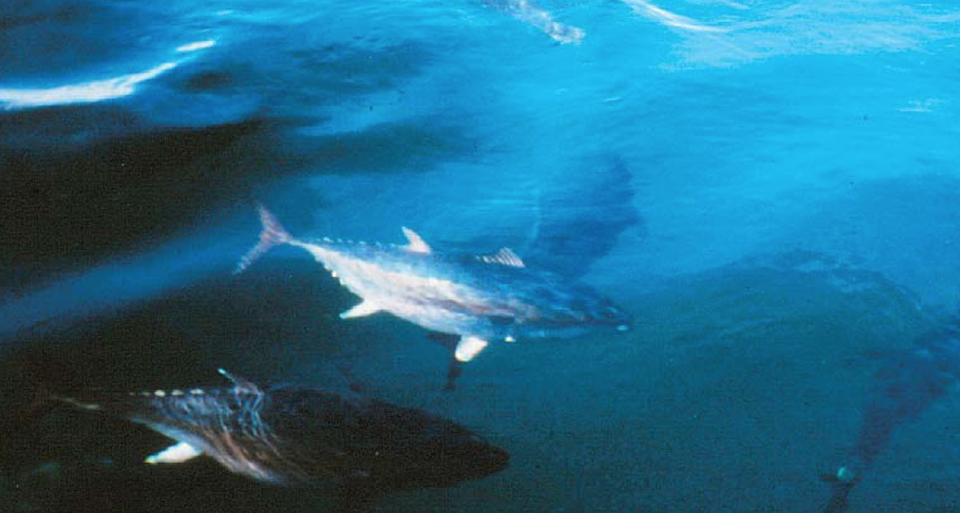
South Australia’s aquaculture industry is developing rapidly, primarily fueled by the successful grow-out of Southern bluefin tuna, Thynnus maccoyii, in offshore net cages. Commercial aquaculture was worth A$50.1 million ($31.1 million U.S.) to South Australia in 1996-97, and cultured bluefin accounted for 84 percent of this total, contributing A$40.2 million ($24.9 million U.S.).
The economic growth of the South Australian aquaculture industry more than tripled to A$180 million in 1998- 99, still mainly based on bluefin grow-out. The remaining production came from culture of Pacific oysters, abalone, marine microalgae, freshwater crayfish, rainbow trout, and barramundi.
This column discusses the culture of Southern bluefin tuna (SBT) in offshore net cages near the coast of Port Lincoln, South Australia.
From fisheries to aquaculture
Production of SBT in South Australia is moving from fisheries to aquaculture. SBT have been commercially produced in cages there since the early 1990s. Nowadays, SBT culture in net cages represents more than two-thirds of the aquaculture industry in the region in both value and volume.
Based in Port Lincoln, the tuna industry was traditionally a pole-andpurse seine fishery based on the high volume capture (30,000 tons per year) of 2- to 4-year-old fish weighing 15 to 40 kg. These fish were of low value (approximately A$2 per kilogram), used mostly for canning. In response to critical stock assessments and subsequent quota reductions imposed on capture, the shift to aquaculture was initiated in 1990 by commercial tuna fishermen (Tuna Boat Owners Association) at Port Lincoln in collaboration with Japan.
Catching and transporting juvenile tuna
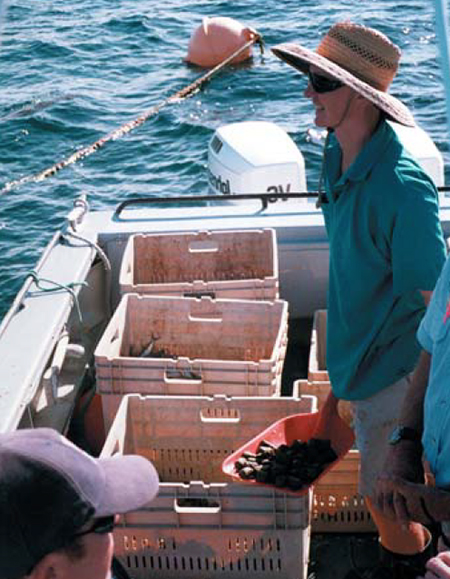
Aquaculture of tuna is based on fattening fish in offshore cages. Juveniles weighing 5 to 10 kg are caught offshore with purse seines and stocked into a holding cage. Fish are counted and weighed before being transferred to the transport (towable) cages, where they remain for several days while being towed to the grow-out cages located off Port Lincoln. In some cases, the holding and transport process can take as two to three weeks. Juvenile tuna are fed daily with frozen pilchards and/or other frozen fish while being towed to the grow-out site. To prevent the net cages from collapsing, towing speed must be very slow – not to exceed 1.5 knots.
Upon arrival at the grow-out site off the coast of Port Lincoln, each juvenile tuna transport cage is positioned beside the grow-out cage, and a cut in adjacent sections of each cage is made to allow the fish to safely swim from the transport to the grow-out cage. While the fish are being transferred, a sensor counts them to provide an estimate of the fish biomass.
Feeding and growth rates
Growth rate of SBT in cages is estimated at 2 to 5 percent of body weight per day. The grow-out period ranges from three to ten months. SBT are fed mainly frozen pilchards and sardines. So far, attempts to feed them exclusively with semimoist and dry pellets have been only partially successful.
Food conversion rates (FCR) as high as 10:1 are common. When market size is reached, fish are individually harvested by a diver or by hook and line, bled, and sold fresh or fresh frozen, mainly to the Japanese market for sashimi.
Is further expansion possible?
Further expansion of this business is limited by quotas, properly established to control the development of operations that rely completely on the capture of wild juvenile tuna. SBT farming is now at the limit set by current quotas. Further expansion is only possible by farming SBT longer to reach larger sizes (greater weights), or by closure of their life cycle in captivity to provide additional seedstock. Therefore, the main constraint for industry expansion is the availability of hatchery fingerlings for stocking grow-out cages.
Conclusion
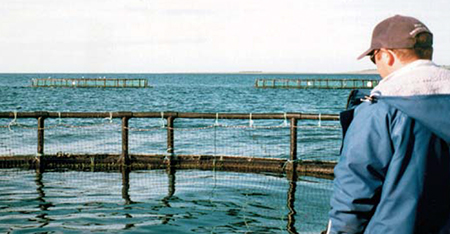
Commercial culture of Southern bluefin tuna in offshore net cages is an important activity in South Australia. Further expansion depends on the establishment of a commercial tuna hatchery for the sustainable production of fingerlings and juveniles. The authors believe that it is just a matter of time for this to materialize.
It is well known that bluefin and yellowfin tuna spawn voluntarily in captivity, both in cages and in tanks. Previous attempts to produce tuna fingerlings from eggs in hatcheries have been unsuccessful due to problems during the larval rearing stage. However, recent progress in larval husbandry techniques in the U.S., Europe, and Asia leads researchers to believe that it will be possible to produce tuna fingerlings in captivity within the next decade.
Other research priorities include the development of feeding strategies and manufactured feeds to replace reliance on imported and locally caught pilchards. Substantial advances have been made toward a manufactured diet for tuna. R&D work conducted by SARDI has shown that manufactured feeds can match growth performance and product quality of pilchard-fed tuna.
(Editor’s Note: This article was originally published in the August 2000 print edition of the Global Aquaculture Advocate.)
Now that you've reached the end of the article ...
… please consider supporting GSA’s mission to advance responsible seafood practices through education, advocacy and third-party assurances. The Advocate aims to document the evolution of responsible seafood practices and share the expansive knowledge of our vast network of contributors.
By becoming a Global Seafood Alliance member, you’re ensuring that all of the pre-competitive work we do through member benefits, resources and events can continue. Individual membership costs just $50 a year.
Not a GSA member? Join us.
Authors
-

Daniel D. Benetti, Ph.D.
University of Miami
Rosenstiel School of Marine and Atmospheric Science
Division of Marine Affairs and Policy
4600 Rickenbacker Causeway
Miami, Florida 33149 USA[117,100,101,46,105,109,97,105,109,46,115,97,109,115,114,64,105,116,116,101,110,101,98,100]
-
Wayne Hutchinson
South Australian Research and Development Institute (SARDI)
[117,97,46,118,111,103,46,97,115,46,118,111,103,117,97,115,64,101,110,121,97,119,46,110,111,115,110,105,104,99,116,117,104]
Tagged With
Related Posts
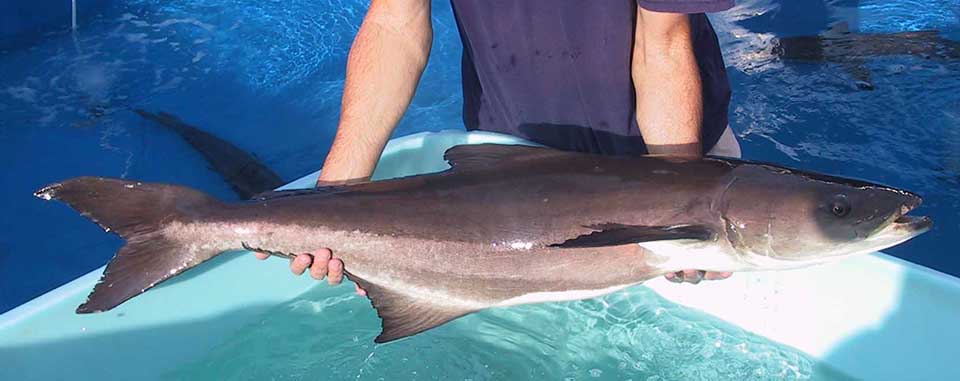
Intelligence
Aquaculture of pelagic fish, part 5
The hatchery and cage culture of cobia in Taiwan, where these fish are known as “lings,” has developed into a successful industry.

Intelligence
Aquaculture of pelagic fish, part 1
Cage culture of yellowtail (Seriola quinqueradiata) in Japan is one of the most traditional and profitable aquaculture industries worldwide.
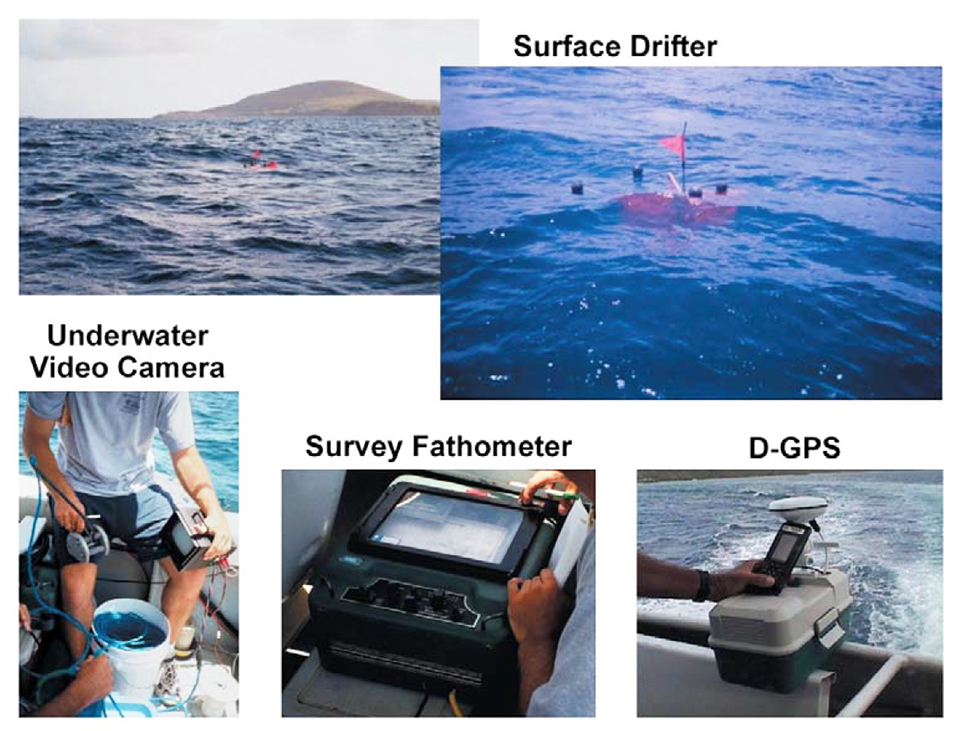
Intelligence
Aquaculture of pelagic fish, part 3
Supporting the global growth of pelagic fish aquaculture will require more efficient, cost-effective and environmentally sustainable methodology.
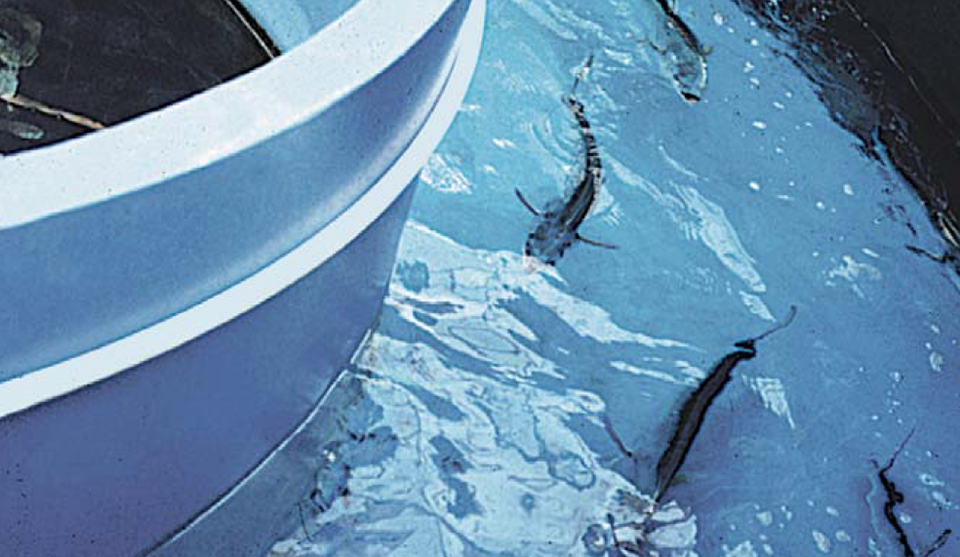
Intelligence
Aquaculture of pelagic fish, part 4
Mahimahi, also known as dolphin fish and dorado, has long been recognized as a high-value pelagic fish with excellent potential for aquaculture.



